Tracing cannabis research back to its origins, you’ll find cannabinol (CBN) at the center. This minor cannabinoid has seen increased commercial fame over the past few years. CBN oils and gummies, in particular, have caught the eye of consumers seeking an all-natural sleep aid.
Much of CBN’s popularity is due to its alleged sedative effects, although studies supporting these claims are extremely limited. It’s commonly believed to help with sleep; most anecdotes and promotion of CBN revolve around this premise. We have growing evidence of its potential medical uses, but again, the research is not that extensive—which is surprising considering its popularity and the amount of time it’s been around.
What is CBN?
THC degrades into CBN as it oxidizes or is exposed to environmental stressors, such as heat and ultraviolet rays—all the more reason to store weed correctly. Sunlight isn’t your friend if you’d like to preserve delta 9 THC and keep marijuana at peak potency.
Although we have a baseline understanding of CBN, research into its effects is limited. That doesn’t stop plenty of users from turning to CBN for sleep and relaxation.
Here’s what we know for sure: CBN (C21H26O2) is a trace cannabinoid with structural similarities to delta 9 THC. They share most components, but CBN has additional double bonds and a lower overall weight, clocking in at 310.43 g/mol. Delta 9 weighs 314.45 g/mol and has a chemical formula of C21H30O2.
Unlike THC, CBN doesn’t have any stereoisomers or double-bond isomers. Its composition is unique amongst cannabinoids. CBN is far more chemically stable than cannabinoids preceding it in the biosynthetic pathway, especially acids like CBGA and THCA. The earlier stages of this chain revolve around inactive precursors losing acid groups and converting into their active, more stable forms.
Delta 9 THC, however, is already an active cannabinoid. It doesn’t need a carboxylic acid group to become CBN under the correct conditions.
The history of CBN
Chemists identified CBN in the late nineteenth century, making it the first cannabinoid ever studied or documented. Details about CBN’s chemical composition came a few decades later. Robert Sidney Cahn, a British chemist, took a closer look at CBN after developing the first cannabis extract in 1932.
“Cannabinol” hasn’t always referred to CBN itself, at least not exclusively. Cannabis turned out to be more chemically diverse than early researchers gave it credit for. In the beginning, the term cannabinol described a dense extract containing CBN, delta 9 THC, CBD, and other cannabinoids.
This sparked confusion between the late 1800s and early 1900s. Cannabinol extract had high CBN levels due to low-quality plant materials and improper storage, leading much of the THC to convert into CBN before examination. Chemists were convinced that cannabis was less psychotropic than it truly is.
Sadly, after the identification of CBD and THC, interest shifted away from CBN. Even though it’s been almost a century since CBN research started appearing, we have limited knowledge of its effects.
Does CBN get you high?
The effects of CBN are subdued compared to sensory-altering cannabis products, including those derived from delta 8 THC or HHC. If we’re looking at it from a purely chemical perspective, CBN does have the potential to cause intoxication, unlike its sibling CBD. Effective CB1 binding is the hallmark of potent psychotropic cannabinoids. But the cannabinoid has only slight CB1 and CB2 receptor affinities, so unless it's combined with intoxicating cannabinoids (hemp- or marijuana-derived), you’re unlikely to get high from CBN products.
Getting high isn’t always the goal. If you’re experimenting to nail down the best CBN dose for sleep, be aware that a hazy, indica-like buzz is sometimes reported. First-time users and those with a low enough tolerance are most susceptible. Just stick to the brand’s dosing recommendations, and chances are, you won’t end up somewhere you don’t want to be.
Certain blends contain CBN alongside intoxicating cannabinoids, especially delta 9 THC. Those who’ve stopped by a dispensary within the past couple of years are probably familiar with these products. You may have even tried 1:1 THC/CBN gummies or oils yourself.
From what we understand, CBN is more likely to alter a high than it is to create one. Don’t consume high-CBN marijuana products the next time you’re after an energy boost. Supplementing an indica-derived edible with CBN might amplify any sleepiness it causes.
If you’d rather use legal hemp to get high, check out HHC vape carts or delta 8 THC products, including delta 8 carts.
What are the benefits of CBN?
When weed vapers think of CBN, most associate it with sedative effects. We have thousands of anecdotes supporting these claims.
Digging into the research, scientific support is limited, yet increasing. It currently appears that CBN’s sleep-inducing effects are dependent on—or at least exacerbated by—delta 9 THC. When CBN works in tandem with THC, it may promote longer, better-quality rest.
Our first inkling of this effect came in 1975. At the time, CBN’s influence on drowsiness was small, but of note to researchers. A study on CBN and insomnia disorder is underway.
We have little to no research-backed evidence of CBN’s effectiveness on its own. Nothing is set in stone, and there’s still a great deal to explore and validate. Keep in mind that a portion of CBN’s hype could be attributed to marketing, although user accounts suggest that there’s more to it.
CBN may be useful in amyotrophic lateral sclerosis (ALS) treatment. Impressive as these findings are, there’s no evidence that the cannabinoid impacts disease progression or life expectancy. It could also reduce inflammation or act as an antibacterial agent and might help stimulate appetite similarly to THC. None of these effects have been confirmed. Further, a study investigating CBN and pain relief after knee replacement surgery is in progress.
Research into CBN is ongoing and underdeveloped. Users aren’t the only ones benefiting in the meantime, though. CBN’s acute chemical stability makes it desirable to hemp manufacturers and historians alike.
After delta 9 THC has degraded into CBN, breaking it down any further is a surprisingly tricky task. This lends CBN products a huge shelf-life advantage. As a bonus to researchers, traces of CBN can be found in certain historical artifacts, making it possible to identify cannabis in these samples.
After CBD, CBN was the next non-psychotropic cannabinoid I experimented with—and that was mostly by happenstance.
Back in Colorado, I wanted a product to help me fall asleep. Melatonin wasn’t cutting it, so I dropped by a dispensary up the street and consulted one of the budtenders. They recommended their favorite gummies, which I bought and gave a whirl that very night.
The gummies in question tested at 50% THC and 50% CBN. And to my amazement, they were the most sleep-inducing edibles I’d tried. I still wish I’d gone back to that employee just to thank them for the suggestion.
My experience lines up with what I now know: blending CBN with THC seems to elevate THC’s sedative qualities.
But like I said, it's highly individual, and even the research is still in the early days. My experience matches many others’ about CBN. There’s no shortage of differing opinions---like there is about any novel cannabinoid---but a lot of people have had good CBN sleep experiences. I don’t claim that CBN is the solution to every sleep-deprived person’s struggle, though.
You’ll need to try CBN for yourself to know how it impacts you. Maybe you’ll wind up with a similar testimony to my own, or maybe you won’t. I’d say it’s worth a shot, though.
What are the side effects of CBN?
Whether a cannabinoid has side effects isn’t just reliant on how psychotropic it is. Even CBD, a nonintoxicating substance lacking CB1 affinity, has potential side effects. CBN is no exception.
Given the shortage of research, what we know of CBN’s side effects is based on user accounts. Be on the lookout for:
- Fatigue
- Dizziness
- Appetite changes
- Dry mouth
- Nausea
Unsurprisingly, all of these effects are common when we’re looking at recreational cannabinoids, intoxicating and nonintoxicating alike. It’s unclear how intense they are in CBN’s case. To play it safe, begin with a small dose and work your way up.
Don’t be afraid to trust your instincts. If you have an unpleasant experience after consuming CBN and suspect it’s related, there’s no shame in adjusting your dose or ceasing use.
CBN vs. CBD vs. CBG
There’s some overlap in how recreational consumers use CBD and CBN, but in general, they’re very different compounds. The same goes for CBN and CBG.
Let’s start with what they have in common. None of these cannabinoids are must-haves for getting high. CBD doesn’t interact directly with the CB1 receptor, while CBN and CBG are partial agonists with very low affinities. CBN appears to be capable of producing mild highs at a large dose, while CBG highs are next to unheard of—and probably aren’t a result of CBG itself.
There could also be therapeutic common ground. CBD dominates with its sheer quantity of research, but all three have shown potential anti-inflammatory, analgesic, and mentally soothing qualities. Everyday users may reach for CBD or CBG if they're looking to reduce stress, and CBN if their priority is better sleep.
Unlike CBD, CBG and CBN are minor cannabinoids. Only trace quantities exist naturally in cannabis. CBD, by contrast, is the primary active cannabinoid in hemp.
On a related note, CBG is predominantly thought of as a hemp-derived cannabinoid, despite existing in all forms of cannabis. The same can’t be said about CBN. While it’s true that legal hemp products can contain high CBN levels, the cannabinoid itself is a degraded form of THC. You’ll find the highest concentration of naturally occurring CBN in aged marijuana.
The CBD cannabinoid has a wealth of research supporting its benefits and effects. There’s even an FDA-approved epilepsy drug derived from CBD. Looking at science-backed therapeutic uses, CBD beats out CBN and CBG by a mile. Acquiring CBD products is considerably simpler, as well.
Will CBN show up on a drug test?
We recommend against using hemp products of any kind before a drug test.
That being said, if you have consumed CBN recently, don’t panic. A positive test result is unlikely. The matter is just slightly more complex than it is with similar cannabinoids, including CBD and CBG.
A standard drug screening is looking for THC-COOH, a THC metabolite produced by liver enzymes. Psychotropic hemp cannabinoids, such as delta 8 THC, often convert into this same substance. CBD is metabolized differently and produces its own metabolites.
CBN is a degraded form of delta 9 THC. Compared to their CBD equivalents, CBN products are more susceptible to triggering false positives on drug screenings.
Is CBN legal and where is it sold?
Yes, the production and sale of CBN products are legal under the 2018 Farm Bill.
To be legally sold as hemp in the United States, products must contain under 0.3% delta 9 THC by dry weight. Any cannabis-derived substance with higher THC levels is marijuana in the law’s eyes. Despite increased recreational and medical legalization, marijuana is federally a Schedule I drug.
You can purchase legal CBN products from online and in-person retailers. There’s a decent variety, too: CBN gummies, vape carts, tinctures, and concentrates are all available. Just check for the certificate of analysis (COA) before making a CBN purchase of any kind. Hemp is an unregulated industry, and without third-party testing requirements, reputable brands must take this upon themselves.
While CBN hemp products aren’t too difficult to come by, neither are marijuana carts and edibles high in CBN. Many dispensaries sell products containing CBN and THC in equal amounts. Generally, formulations like this are marketed as sleep aids.
If you’re going to purchase CBN marijuana products, you’ll need to do so from a licensed dispensary.
President Trump promised during his election campaign to “save vaping," but his administration has undermined that goal at every turn.
The U.S. disposable vape market has grown to $2 billion in annual sales, although nearly none of the products are authorized by the FDA.
More than 30 bills that would impose severe restrictions vaping consumers’ product choices remain active in U.S. state legislatures.
The Freemax REXA PRO and REXA SMART are highly advanced pod vapes, offering seemingly endless features, beautiful touchscreens, and new DUOMAX pods.
The OXVA XLIM Pro 2 DNA is powered by a custom-made Evolv DNA chipset, offering a Replay function and dry hit protection. Read our review to find out more.
The SKE Bar is a 2 mL replaceable pod vape with a 500 mAh battery, a 1.2-ohm mesh coil, and 35 flavors to choose from in 2% nicotine.

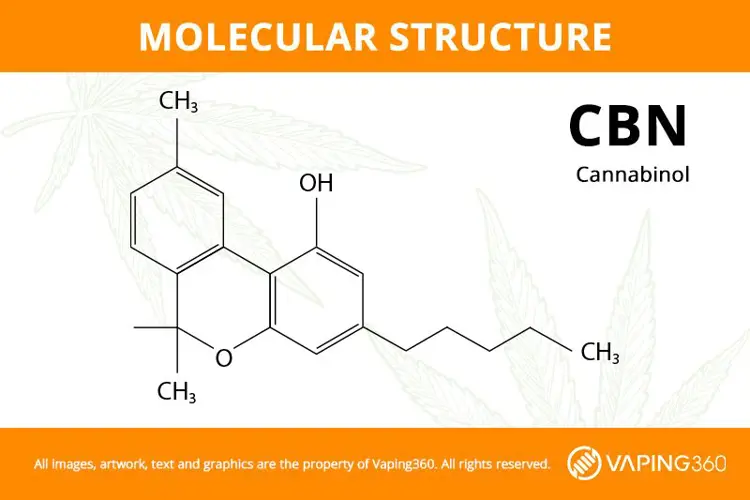
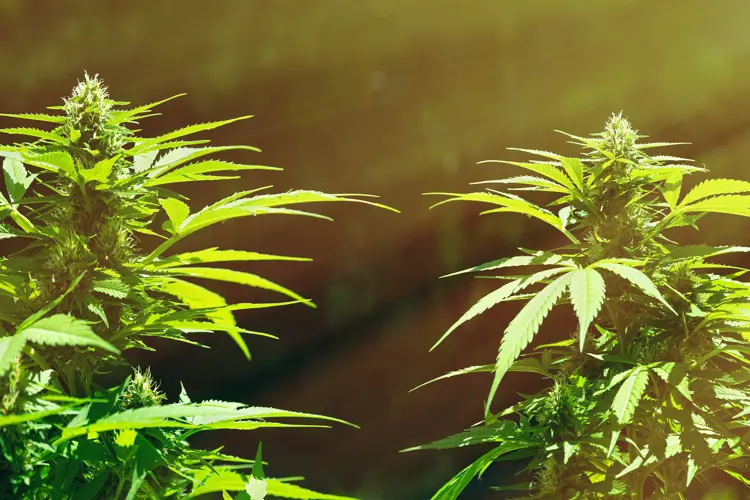

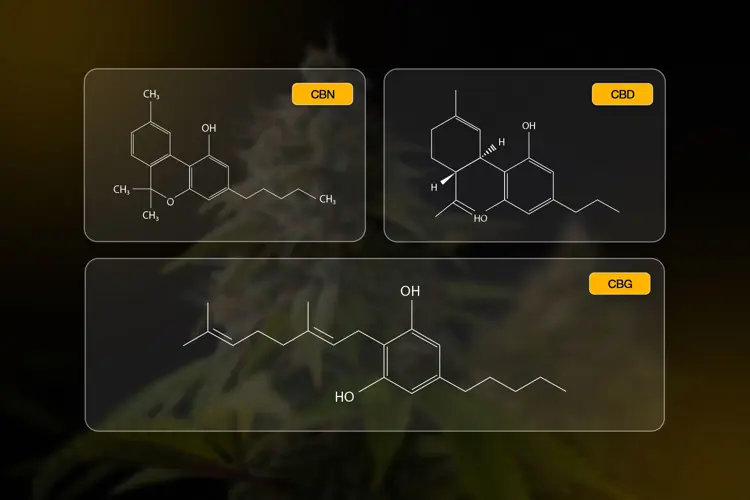
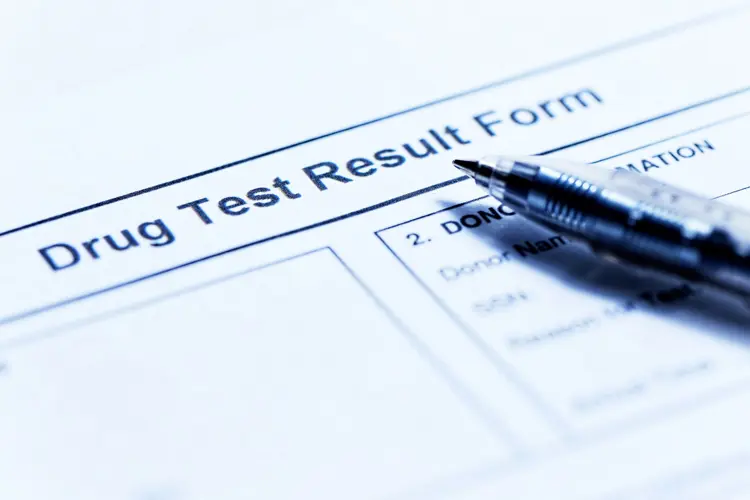






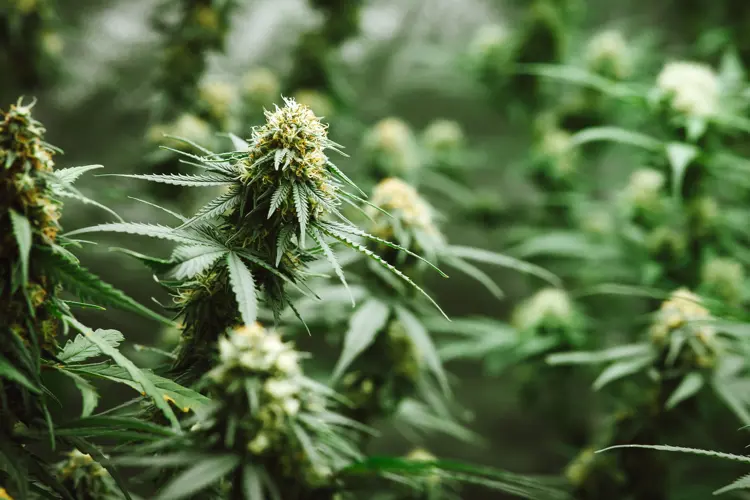
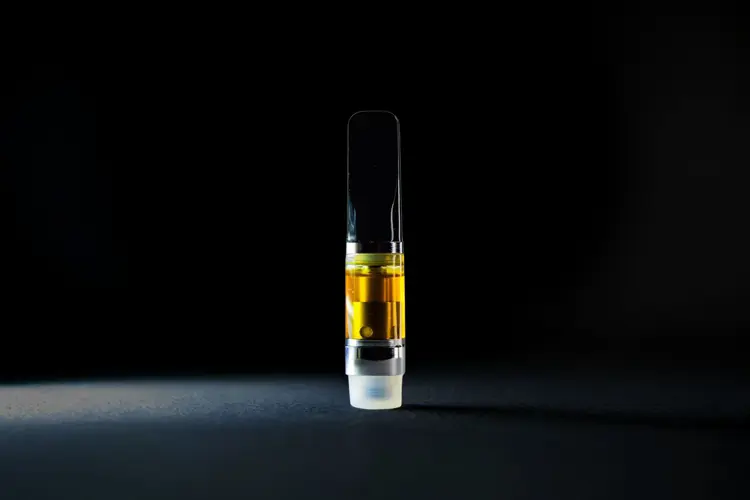
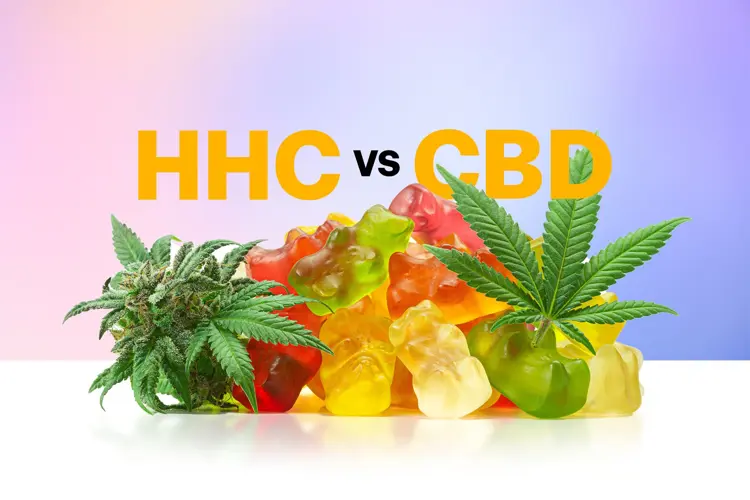
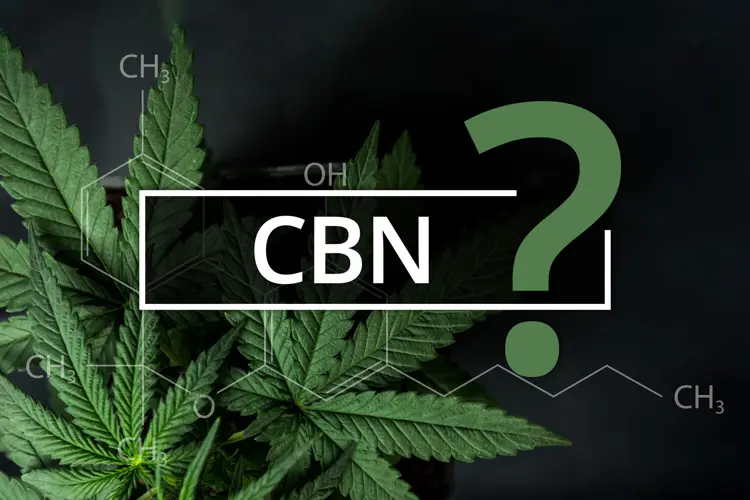
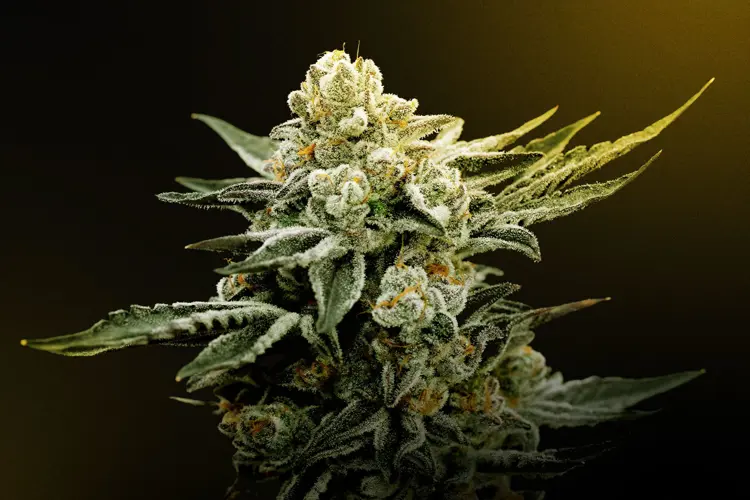
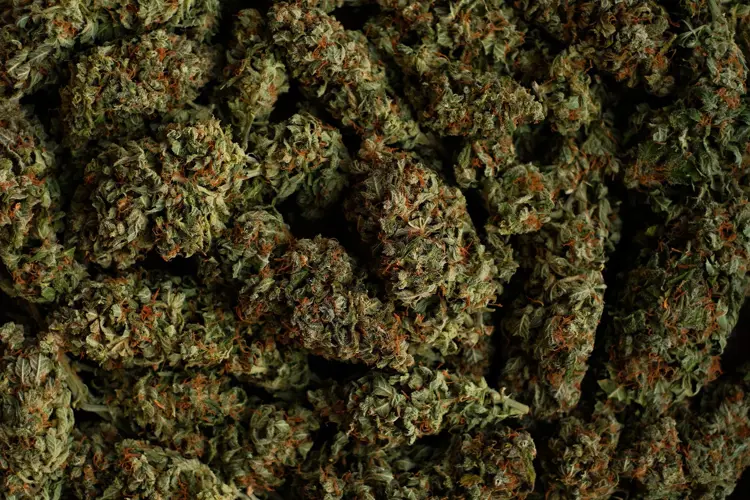
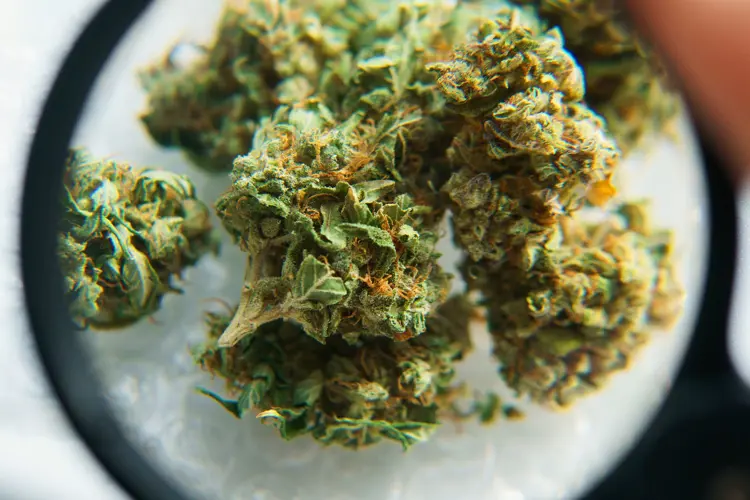
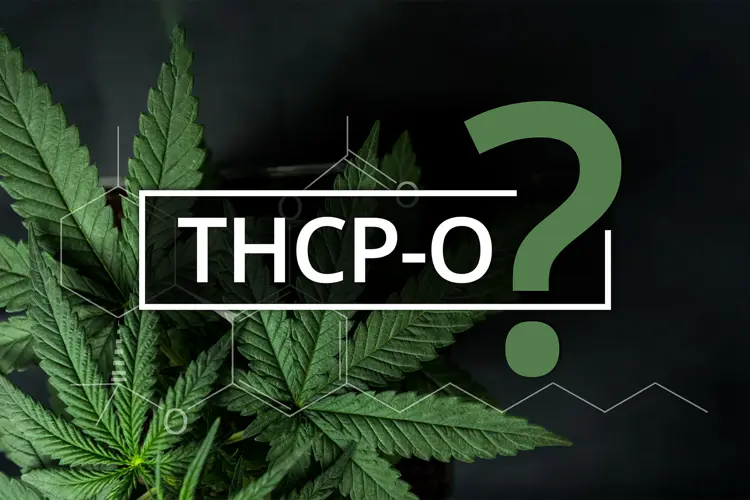
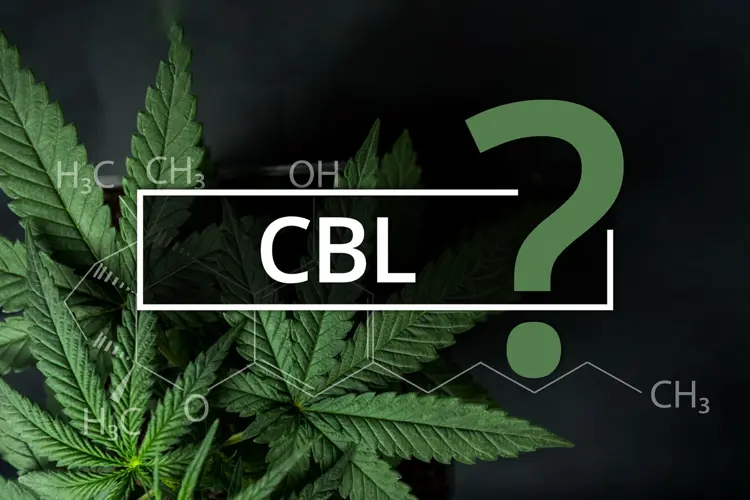
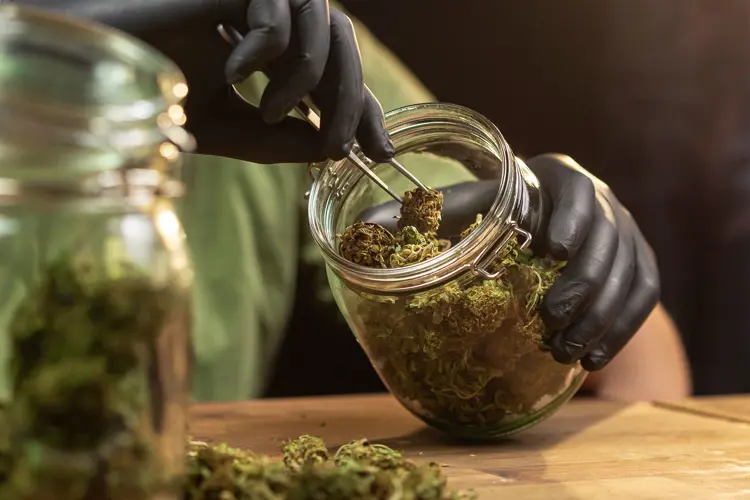
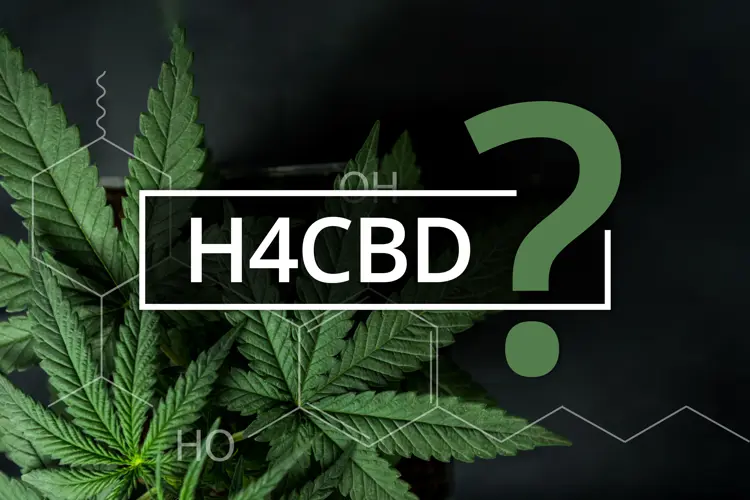
![Image for What Is THC-JD? Legality, Effects, Potency Explored [Update]](https://media.vaping360.com/images/what-is-thc-jd-thumbnail-20a40b517a.webp?imageType=Standard)
